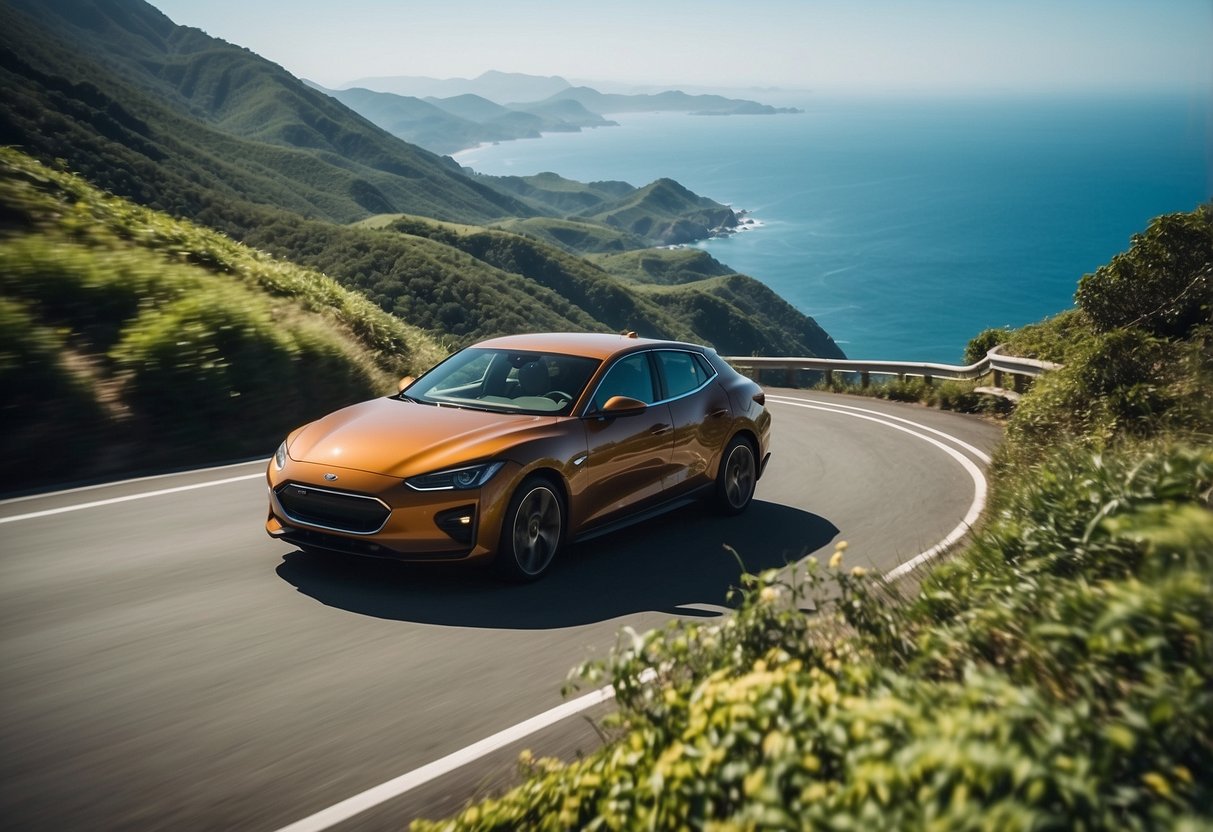EV Charger Cost Analysis and ROI: A Comprehensive Guide for Decision Makers
Understanding the cost implications and return on investment (ROI) of EV chargers is crucial for businesses and homeowners considering the installation of electric vehicle charging stations. This article delves into the nuances of EV charger cost analysis and how to effectively calculate ROI, providing insights that can aid in the decision-making process.

EV Charger Cost Analysis and ROI: A Comprehensive Guide for Decision Makers
1. Overview of EV Charger Costs
Electric vehicle (EV) chargers come with various costs that can significantly influence financial decisions. The two primary types of chargers—Level 2 and DC Fast Chargers—vary in installation prices and operational costs. A Level 2 charger typically costs between $500 and $2,000, while DC Fast Chargers can range from $10,000 to $40,000 or more depending on the installation site and electrical infrastructure.
2. Installation Costs Breakdown
Installation costs can vary greatly based on several factors, including:
- Electrical Infrastructure: The current capacity of the electrical system can affect installation costs significantly. If upgrades are needed, costs can rise quickly.
- Labor Costs: The cost of hiring qualified electricians can vary based on geographical location.
- Permits and Fees: Local zoning laws may require permits, which add to the total initial outlay.
- Trenching and Site Preparation: For some installations, site preparation like trenching for cables can add to upfront costs.
- Charger Brand and Type: Some brands offer better warranties, customer support, and features, which can justify higher costs.
3. Ongoing Operating and Maintenance Costs
Beyond initial installation, understanding ongoing costs is critical for an EV charger cost analysis. These could include:
- Electricity Costs: The cost of electricity required to charge vehicles is generally low but can vary depending on local rates and time-of-use rates.
- Maintenance and Repairs: Ensuring the charger is functioning optimally is essential. Businesses often need to budget for periodic maintenance, which could involve inspections and repairs.
- Network Fees: If a business opts for a networked charger to manage charging sessions and perform remote diagnostics, this may incur monthly fees.
- Insurance Costs: Depending on the setup, additional insurance may be necessary, especially for commercial installations.
4. Analyzing Return on Investment (ROI)
Calculating ROI is pivotal for determining the financial viability of installing EV chargers. To conduct a robust ROI analysis, follow these steps:
- Initial Investment: Sum the costs associated with purchasing and installing the charger (equipment cost + installation + any upgrades).
- Operational Savings: Estimate projected savings based on reduced fuel costs for employees or customers who charge at your location instead of using gasoline.
- Revenue Generation: For public chargers, consider the revenue generated from fees charged to users. It’s important to analyze how pricing structures (e.g., per kWh or flat fee) affect income.
- Incentives and Rebates: Many regions offer financial incentives for installing EV infrastructure. Keep these in mind, as they can substantially reduce initial costs and improve ROI.
- Increased Property Value: If the installation is on commercial property, having EV chargers can increase the attractiveness of the location, potentially leading to increased patronage and higher property value.
5. Real-World Examples of ROI Considerations
Let’s take a look at hypothetical scenarios to visualize how to conduct an EV charger cost analysis and calculate ROI.
Scenario 1: A Retail Store
A retail store invests $15,000 in a Level 2 charger including installation. The store charges $0.20 per kWh and estimates an average of 50 charging sessions per month that add up to 5,000 kWh annually. The revenue calculation would be:
Revenue = 5,000 kWh * $0.20 = $1,000
Assuming ongoing costs (electricity, maintenance) total $300 per year, the annual profit would be:
Profit = Revenue - Ongoing Costs = $1,000 - $300 = $700
Thus, the ROI after three years would be:
ROI = (Total Profit / Initial Investment) * 100 = ($2,100 / $15,000) * 100 = 14%
Scenario 2: A Fleet Operation
A fleet operator spends $40,000 to install a DC Fast Charger. With an average utilization of 20 sessions per day, assuming each session does 30 kWh, the annual revenue is:
Annual Revenue = 20 sessions/day * 30 kWh/session * 365 days * $0.15 = $32,850
After factoring in $5,000 for operating costs, the profit calculated annually would be:
Annual Profit = $32,850 - $5,000 = $27,850
The ROI after four years would be calculated as:
ROI = ($111,400 / $40,000) * 100 = 278.5%
6. Conclusion and Recommendations
Investing in EV chargers presents both costs and opportunities for savings and revenue generation. Conducting a thorough EV charger cost analysis and estimating ROI are vital steps in making informed financial decisions. Whether you’re a business owner evaluating how to enhance your property's appeal or a fleet manager exploring efficiency improvements, understanding these financial dimensions can lead to beneficial outcomes.
Thorough due diligence—considering both initial costs and potential returns—will pave the way for maximizing the return on your investment in electric vehicle infrastructure.
New posts

Maximizing Your Savings: A Complete Guide to Rebates for Home EV Chargers
Home Improvement

How Often Do You Have to Charge an Electric Car? A Comprehensive Guide
Sustainability

Challenges in Urban EV Charging Infrastructure: A Deep Dive
Smart Cities

The Role of EV Charging in Urban Planning: A Sustainable Future
Sustainability

How EV Charging Supports Renewable Energy Integration
Electric Vehicles

How Cities Are Adapting to Electric Vehicle Charging: Innovations and Strategies
Sustainability

EV Charging in the Smart City Era: Revolutionizing Urban Mobility
Sustainability

The Future of EV Charging Stations and Smart Grid Integration: Transforming Energy Management
Sustainability

Comparing Wired and Wireless EV Charging Systems: A Comprehensive Analysis
Automotive

The Impact of EV Charging on Local Power Grids: Understanding the Challenges and Opportunities
Electric Vehicles
Popular posts

Exploring the Latest EV Charging Station Design Trends
Technology Trends

Insights from the Frontline: Interviews with EV Charging Industry Experts
Interviews
DIY Guide to Installing a Wallbox: A Step-by-Step Approach
DIY

The Future is Bright: EV Charging and Home Solar Panel Integration Explained
Home Improvement
How EV Charging is Set to Transform Mobility
Electric Vehicles

How Often Do You Have to Charge an Electric Car? A Comprehensive Guide
Sustainability

EV Charging Innovations from Around the World: Transforming the Future of Electric Mobility
Innovation

How to Reset Your EV Charger: A Comprehensive Guide
Home Improvement

Guide to EV Charger Connectivity Options: Everything You Need to Know
Electric Vehicles

EV Charging in the Smart City Era: Revolutionizing Urban Mobility
Sustainability